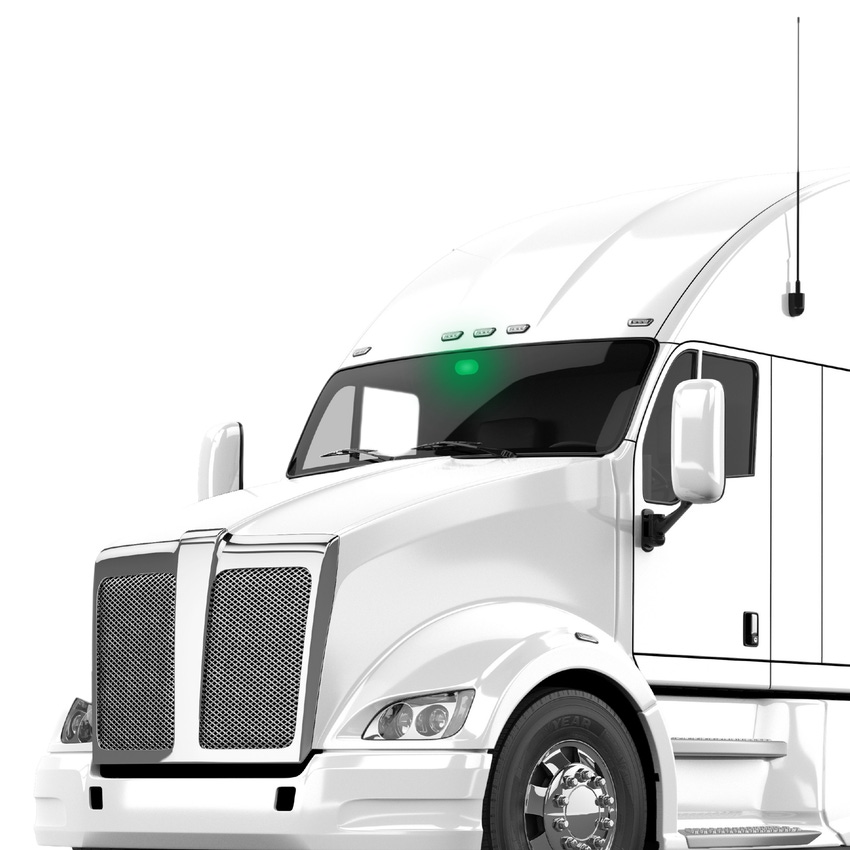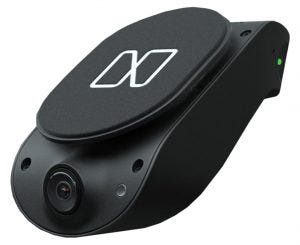An interview with driving platform Nauto about the role of technology for future drivers

IoT World Today spoke to Nauto CEO Stefan Heck about the potential benefits of using technology as an assistant to drivers rather than as a replacement.
“We started Nauto seven years ago with a simple vision: can you use AI and computer vision, not to replace human drivers, but to help them?” Heck says.
In particular, it is in the window of distracted driver behaviors that Nauto saw an opportunity.
“Somewhere between 95%-96% of all collisions are due to human error,” says Heck. “We often don’t crash because of the car itself or random acts of God, but because the driver makes a mistake.”
Adapting sensor and predictive AI technology to catch these behaviors could offer significant safety benefits and it is on this premise that Nauto developed its Internet of Things (IoT) technology. The group had humble beginnings, with the team giving inexpensive cell phones to friends and asking them to film their driving journeys. This data was then sent to a team in India to analyze the footage and determine events that could be defined as dangerous, with these definitions then used to train a neural network algorithm to recognize the situations in real-time.

The resulting device attaches to a car’s windshield and uses computer vision to identify and monitor typical road hazards such as stop signs, pedestrians, cyclists and other vehicles. It also features an inward-facing camera to monitor driver behavior and sound an alert if distracted driving activity is identified, such as speaking on the phone or looking away from the road.
The technology can be integrated into a car in about 25 minutes, and can be extended beyond vehicle fleets to be deployed in a regular commuter’s car.
“Unlike AV’s, Nauto doesn’t take control away from the driver, because we work with professional drivers who do this for a living and who are highly skilled at complex driving situations,” says Heck. “Most of their mistakes are through inattention and we allow them to self-correct and learn by highlighting the risks they are not aware of. This has already been shown to eliminate around two-thirds of collisions. It’s almost like an AI co-pilot.”
This distinction between AV and AI is an important one for the group, and an interesting industry divide.
When it comes to autonomous vehicles, there is some push back from drivers who either don’t feel safe in the hands of a machine, or who potentially fear loss of income as a result of longer uninterrupted drive times and increased efficiency.
“There’s definitely a lot of concern among professional drivers about being replaced and there are transportation segments where I think that is a real threat,” says Heck. “In long-haul trucking for example, where there are big productivity gains by having the truck drive almost 24 hours a day, as opposed to today where most drivers are limited to 10 hours of driving a day by federal rules.”
According to Heck, AI-assisted driving could prove better and safer than autonomous vehicles. While technology solutions can offer life-saving safety nets for tired or distracted drivers, Heck says the human element remains a necessity.
“We’re fusing the best of human and AI. AI is really good at boring, repetitive tasks, never falling asleep, never getting distracted. And humans are really good at judging complex situations. In particular, autonomous vehicles struggle with things like judging what a pedestrian is going to do next, because as humans we use social cues; where are they looking? Is their dog on a leash? Those kinds of things are really hard for AI to replicate.”
While other companies have emerged in the last few years to bring their AI solutions to vehicles, Nauto and sets itself apart by the speed at which its tech can detect risks.
“For Nauto, it takes about 0.8 seconds to alert the driver and have them respond,” says Heck. “This allows them to avoid typically somewhere between 50% and 80% of collisions. Two seconds is usually enough to save your life”
Regardless of the technology consumers choose, any hesitation around incorporating these AI-enabled safety features into cars will, according to Heck, soon be a thing of the past.
“Every year, 1.2 million people die in road fatalities,” he says. “The problem is much bigger than we all think and we take these risks without thinking about them. But the problem is also much more solveable than we think. There’s no reason for us to accept this level of risk. We just need to start changing our vehicle design and start using some of these safety technologies and also change what people see as an acceptable risk.”
About the Author(s)
You May Also Like


.jpeg?width=700&auto=webp&quality=80&disable=upscale)
.png?width=700&auto=webp&quality=80&disable=upscale)



.png?width=300&auto=webp&quality=80&disable=upscale)
